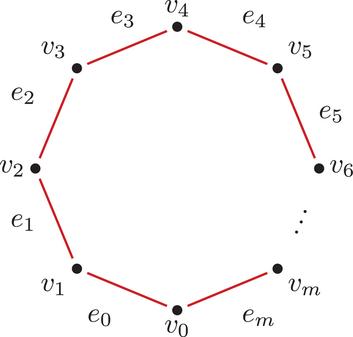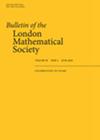On finite generation in magnitude (co)homology and its torsion
IF 0.8
3区 数学
Q2 MATHEMATICS
引用次数: 0
Abstract
The aim of this paper is to apply the framework developed by Sam and Snowden to study structural properties of graph homologies, in the spirit of Ramos, Miyata and Proudfoot. Our main results concern the magnitude homology of graphs introduced by Hepworth and Willerton, and we prove that it is a finitely generated functor (on graphs of bounded genus). More precisely, for graphs of bounded genus, we prove that magnitude cohomology, in each homological degree, has rank which grows at most polynomially in the number of vertices, and that its torsion is bounded. As a consequence, we obtain analogous results for path homology of (undirected) graphs.

论大小(共)同源中的有限生成及其扭转
本文的目的是本着拉莫斯、宫田和普劳德福的精神,应用萨姆和斯诺登开发的框架来研究图同构的结构特性。我们的主要结果涉及赫普沃思和威勒顿提出的图的幅同源性,我们证明它是一个有限生成的函子(在有界属的图上)。更确切地说,对于有界属的图,我们证明了在每个同调度中,幅同调的秩最多随顶点数的多项式增长而增长,而且它的扭转是有界的。因此,我们得到了(无向)图的路径同调的类似结果。
本文章由计算机程序翻译,如有差异,请以英文原文为准。
求助全文
约1分钟内获得全文
求助全文
来源期刊
CiteScore
1.90
自引率
0.00%
发文量
198
审稿时长
4-8 weeks
期刊介绍:
Published by Oxford University Press prior to January 2017: http://blms.oxfordjournals.org/

 求助内容:
求助内容: 应助结果提醒方式:
应助结果提醒方式:


